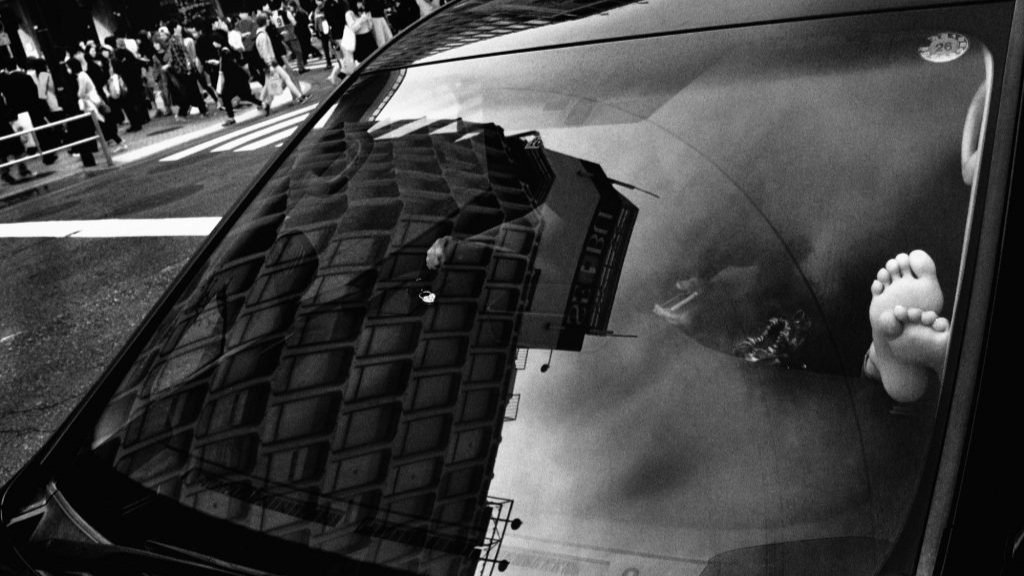Why do we want to travel to take interesting photos?
Hello Fellow Photographers!
It’s Martin, and I’m getting back to you after the summer break. I hope you all had a great summer. I personally wasn’t able to travel much this summer, as kids, work, and other obligations held me back a bit. This made me think, “Well, this really sucks! Where are the times I could travel and photograph interesting places?” Then I stopped and thought, Where is this coming from? This urge to stimulate my mind and my creative ideas with new experiences.
Coincidentally, while I was editing the interviews, I came across an interesting part where Tatsuo Suzuki talks about something quite the opposite:
“The challenge is whether it’s possible to capture the essence of a place if you haven’t lived there for many years. When visiting other countries or cities, our attention is often drawn to things that seem novel or unusual, but this can result in photographs that feel more like tourist shots. I want to be able to capture the atmosphere of a place, to sense it, and to photograph what strikes me as meaningful.”
I find it fascinating that what might feel “bad” for one person—being stuck in one place—can be a blessing for someone else. It really made my day!
The blog is up and running again, and I’m excited to share that we have some great interviews lined up for you, including photographers like Tatsuo Suzuki and Summer Wagner. We’re also featuring some of your photography essays, including The Ghost Island by Kinga Owczennikow, published today. I encourage everyone to participate and submit your photo essays—I find the process of building them very helpful.
If you don’t have work to share just yet, you can still participate by sharing your thoughts in the comments. Some of the best comments are rewarded with photography books that I’m happy to give away. This time, the winner of a wonderful book by Ave Pildas called Star Struck is Stefano, who wrote:
“For me, at the moment we see AI as an enemy; personally, I unfollow any account that uses it. But I know I’m being a bit conservative. After all, painters were very critical of photography. When AI is used to express one’s vision, rather than just correcting mistakes and making every photo look the same, we’ll start to appreciate it. Of course, in some genres this will be critical (street photography, for instance), but the same happened with Photoshop, and before that, with darkroom editing. I think our main goal should be looking for emotion, without worrying too much about technique.”
If you want to participate in the process of creating these interviews, you have the opportunity by joining the Patreon. You can join the FREE tier and get involved, as I’m still using it as a social platform. The amount of content and interaction will gradually expand.
And there you have it! If you’re reading this, it means you made it to the end of my newsletter. Feel free to tell me what you think, check out the articles, and leave some nice comments for the artists to read—and for your chance to win a photography book. And for those of you who wish to get your photo projects out there, submit your essay.
Until next time!
Martin

Step into the haunting beauty of Yim Tin Tsai, an abandoned island where nature and history collide. Through Kinga Owczennikow’s lens, discover the forgotten stories hidden within the ruins as the island reawakens in her mesmerizing photography essay.
Picture Story